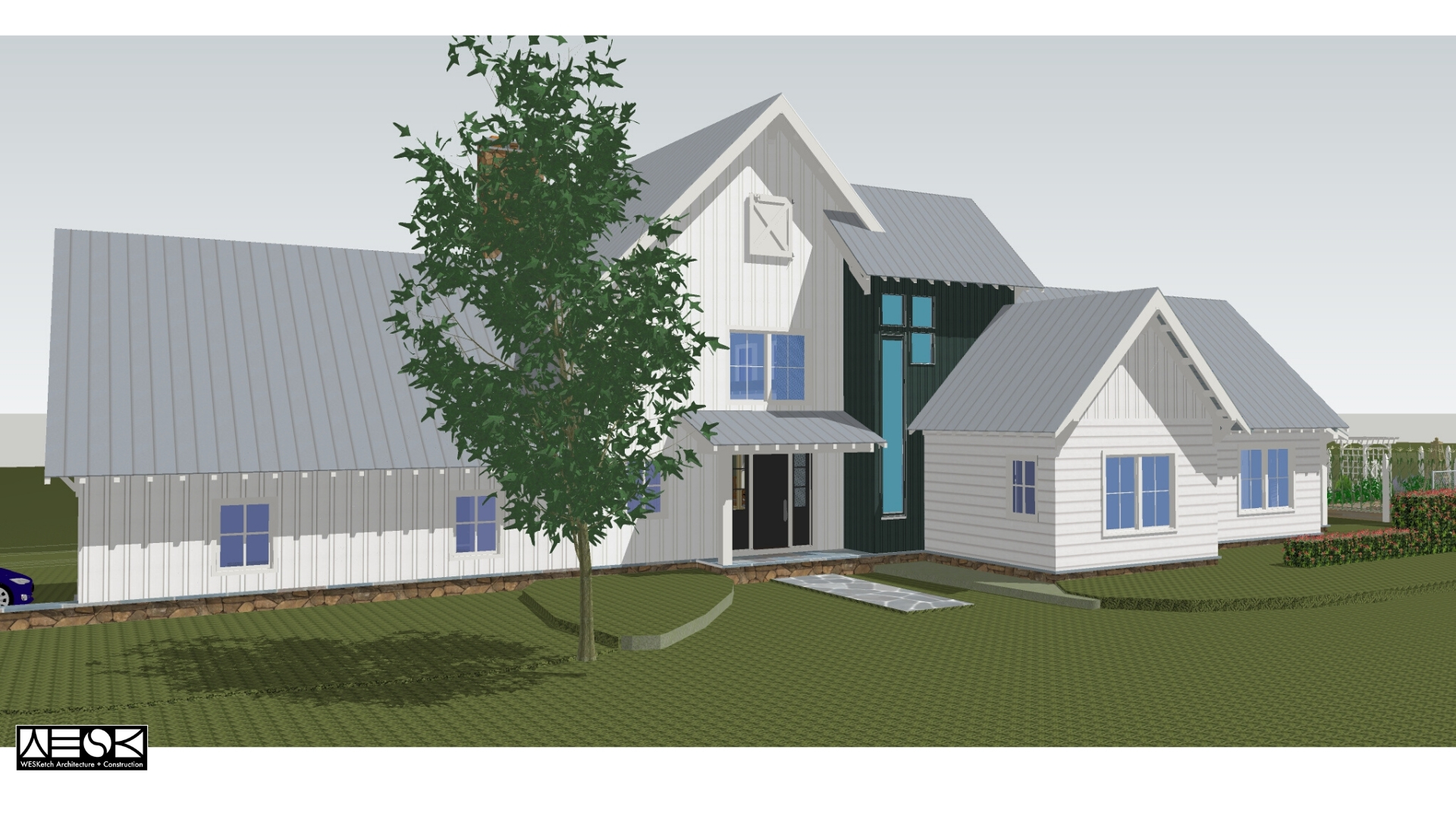
In Pursuit of the Passive House
July 14, 2020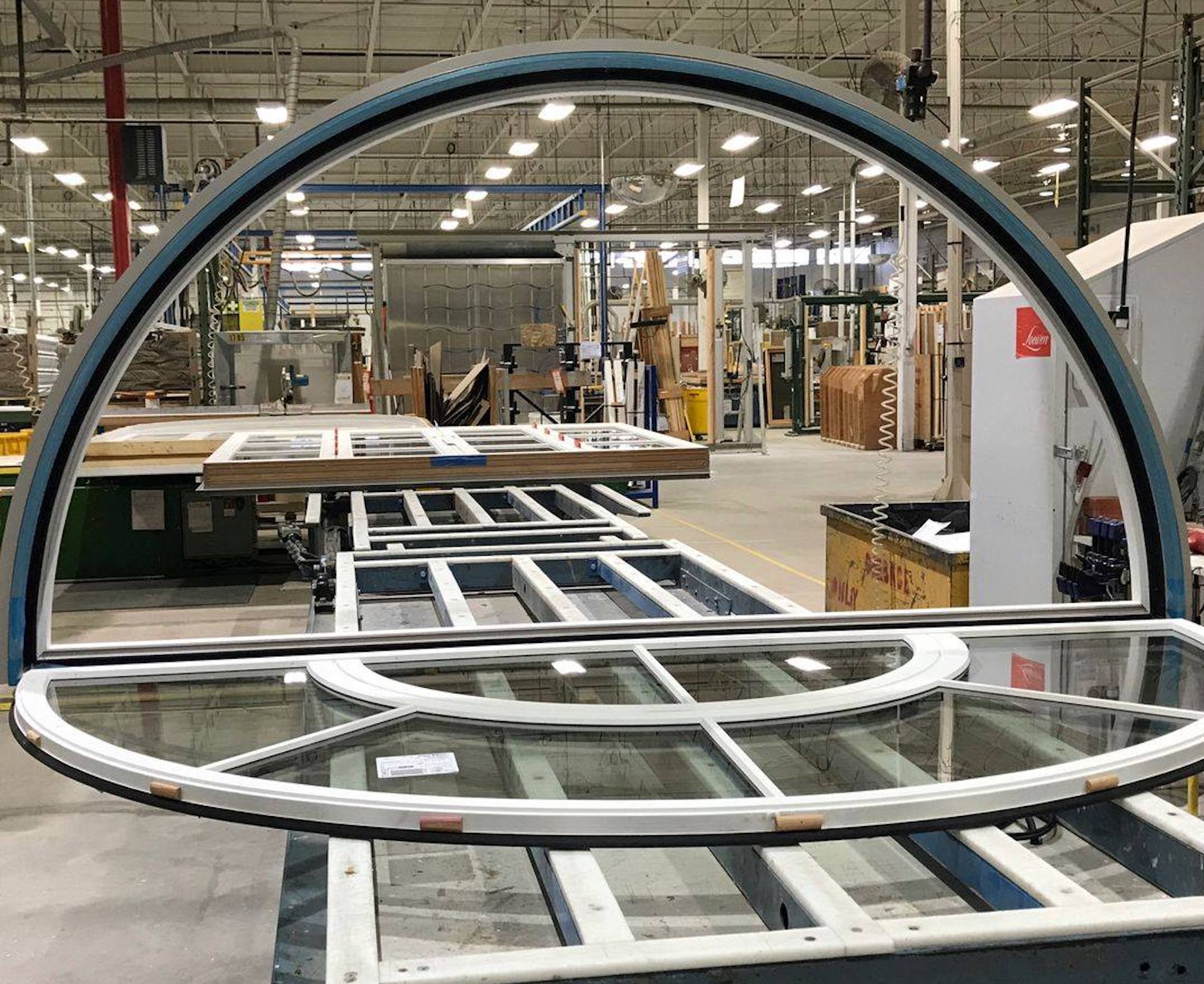
The Passive House Building Envelope: Thermal Windows and a Great View
January 5, 2021This 12-part blog series will share the vision, architectural challenges, and construction effort involved in building a new house, one that defies conventional home design by integrating the environment in a rigorous, unprecedented and beneficial way.
Based on a conversation with Jason and Deborah D. | October 2, 2020
While much goes into the construction of any new home, creating a homestead that is built to last, environmentally responsible, and improves the ecosystem around it comes with its own unique set of challenges. Sourcing materials locally—whenever possible—to build the home adds yet another layer of complexity.
During a time when many small businesses are collapsing under the weight of the global pandemic, “source local” is a philosophy that has become more important than ever. It demands a depth of experience and design expertise because the product and logistical choices are vast. Moreover, sourcing local only happens if it is viewed as both a core requirement of the project and an essential part of the budget—not an extra.
We have long been proponents of sourcing local, and our new home was to be no exception. Well before the COVID-19 pandemic began, we provided a list of goals for the project to Bill Kaufman including our intention to use materials to build the home that were both sustainable and produced or harvested within 500-miles of the property.
Bill, the first LEED-accredited architect in New Jersey, brought his deep understanding of sustainability to the discussions about the many complex choices for the project. Using resources and businesses within the community remained integral to the vision behind Cold Brook Farm, and he either knew or found the suppliers, distributors, and products that could make it a reality. Evaluating factors like geographical proximity to the homestead and the carbon footprint associated with transporting materials was an important part of this process as well.
Virtually every design decision had layers, and our commitment to source locally ended up being one of the most challenging. From selecting materials for our deer fence to minimizing the way the exterior walls of the home would conduct heat, we had much to consider.
Eastern Red Cedar with beautiful dark-colored interior heartwood was harvested directly from the property for fence posts.
Locally-sourced timber that supports forestry management
Native to New Jersey, Eastern Red Cedar and Black Locust trees grow in abundance and make excellent fencing material that withstands the test of time. On Cold Brook Farm, there are Black Locusts and Eastern Red Cedars in the surrounding woodland, which contribute to the natural beauty of the property. In terms of their longevity, fences made from Black Locust trees can endure as fence post material for 30 years while Red Cedar typically lasts at least 15 years.
The typical alternative to harvesting timber is less expensive, pressure-treated wood, which is widely available in home improvement stores. This material is often treated with wood preservation chemicals to prevent decay, insect infestation, and degradation. In contrast, the incredible density of the Black Locust and the oils in the heartwood—colored part—of the Eastern Red Cedar serve as the preservatives. Besides not wanting to poison the ground, there was another incentive to use the wood directly from the property. As part of the Forestry Management Program for Cold Brook Farm overseen by Gracie & Harrigan Consulting Foresters, specific trees were selected for harvest in a manner that would actually improve the health of the woodland on the property as a habitat for wildlife by creating space for new plantings of increased species diversity. Although sourcing the wood for the deer fence was more expensive than purchasing pressure-treated wood, doing so provided a source of income for people from our own community who harvested the trees, improved the health of the remaining native tree population, and prevented chemicals from treated wood from harming the land. Viewed holistically, the nominal additional monetary expense seemed like a very reasonable price to pay.
White oak wood flooring from a mission-driven supplier
Within the residence, we decided to use live-sawn natural white oak flooring for its gorgeous rustic look, durability, and yield. A live-sawn tree is cut straight through the log from one side to the other in a manner that yields the highest proportion of usable material from each tree. In the United States, there are hundreds of different possible distributors for this material, the least expensive of which was from a distributor over 1000 miles away from the property. However, for this particular distributor, it was unclear where the material they were selling was harvested.
When procuring the white oak for our home, we opted to work with Hull Forest Products, a Connecticut-based supplier with a mission that encompasses sustainability and outstanding forest stewardship sourcing all of their wood products from local woodlands that they both own and manage. In addition to the source for this wood being less than 200 miles away from Cold Brook Farm, the company adheres to strict forest management standards and supports forest conservation initiatives that ensure the sustainability of this renewable natural resource. The quality of the product they offer was worth spending a bit more for, and the ethos of Hull Forest Products aligned perfectly with our vision for Cold Brook Farm.
Soapstone from the Churchill Quarry in the Blue Ridge Mountains of Virginia
Alberene Soapstone from the last active soapstone quarry in the United States
For the kitchen countertops, we chose soapstone, a natural metamorphic rock formed when minerals are altered from heat, pressure, and chemicals over time. Historically commercially quarried in Virginia and Vermont, soapstone is found in small deposits throughout the United States. Unfortunately, the vast majority of the soapstone used in residential construction is quarried in Brazil and then transported to the United States—a logistical process that challenged our commitment to minimizing the carbon footprint of Cold Brook Farm. Additionally, the quarry in Chester, Vermont, ceased production of soapstone in the last decade leaving only one active soapstone producing area in the country. We chose Alberene Soapstone, which is still quarried in the Blue Ridge Mountains of Schuyler, Virginia, and distributed locally by M. Teixeira Soapstone. Polycor, the company that owns the quarry, also avoids using explosives or blasting techniques to mine the soapstone.
Mining soapstone is much less energy-intensive and impactful to the earth than alternatives like granite. Soapstone, in its natural state, is non-porous and will not stain or etch. We would never need to bring any harsh chemical sealants into our home to keep our counters protected—as is the case with virtually every other natural or manmade stone. Due to its density, it retains heat exceptionally well, does not harbor bacteria, and is also food-safe—ideal for kitchen counters.
Bart reviewed various alternative siding materials, but they didn’t make the cut and, in the end, sustainably-harvested Cedar was the siding of choice.
Eco-friendly Tstud™ for an efficient, thermal building envelope
The WESKetch Architecture + Construction team proposed a new, innovative building product, the Tstud™. This engineered framing material would allow the walls at Cold Brook Farm to be built in a manner that dramatically reduces heat or cold conduction from the exterior walls to the interior walls of the house. By using an internal truss system 1 between two pieces of solid lumber, Tstud™ allows a wall assembly to be built with the same dimensions as conventional 2×6 studs while delivering both improved strength and significantly increased R-value—a measure of conductive energy flow—for any given amount of insulation.
For the construction of the exterior walls, we agreed with the project team that Tstud™ would help deliver a high-performing, energy-efficient, thermal envelope for Cold Brook Farm. As it turns out, Cold Brook Farm received the very first shipment of Tstud™ manufactured in their new, US production facility. Previously, Tstud™ was only manufactured in Canada. The Tstud™ insulated wall stud is an excellent example of a product that ticked all the boxes—sustainable, built to last, geographically proximate, and locally sourced.
As Cold Brook Farm evolves from a series of sketches into a new home in the hills of Hunterdon County, it creates its own legacy within the vibrant community that surrounds it. A commitment to source locally supports this community, the businesses that help define it, and the natural ecosystem of the region. On the surface, a source local philosophy may cost a bit more, but the additional “cost” ultimately underpins the prosperity of the community in which we live, so it can continue to grow and thrive.
[About the lead blog image] The barn at Cold Brook Farm was fabricated in Lancaster, PA, and erected on-site by Garden Oaks Specialties in Bound Brook, NJ, for J&N Structures.
- With conventional stud construction, heat can actually move or be conducted directly through the studs themselves creating what is called a “thermal bridge.” High-performance buildings try to completely eliminate these energy-sapping bridges wherever possible. With Tstud™, an air space is created between the interior and exterior of the stud by creating an internal truss structure that can be insulated virtually eliminating thermal bridges and improving the overall ability to separate the indoor temperatures from whatever may be going on outside—hot or cold.


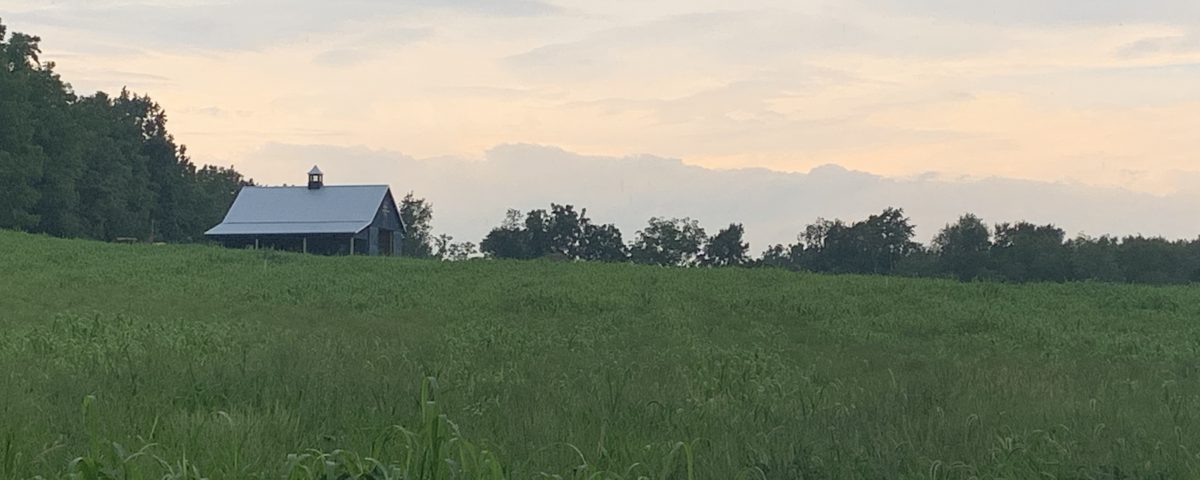
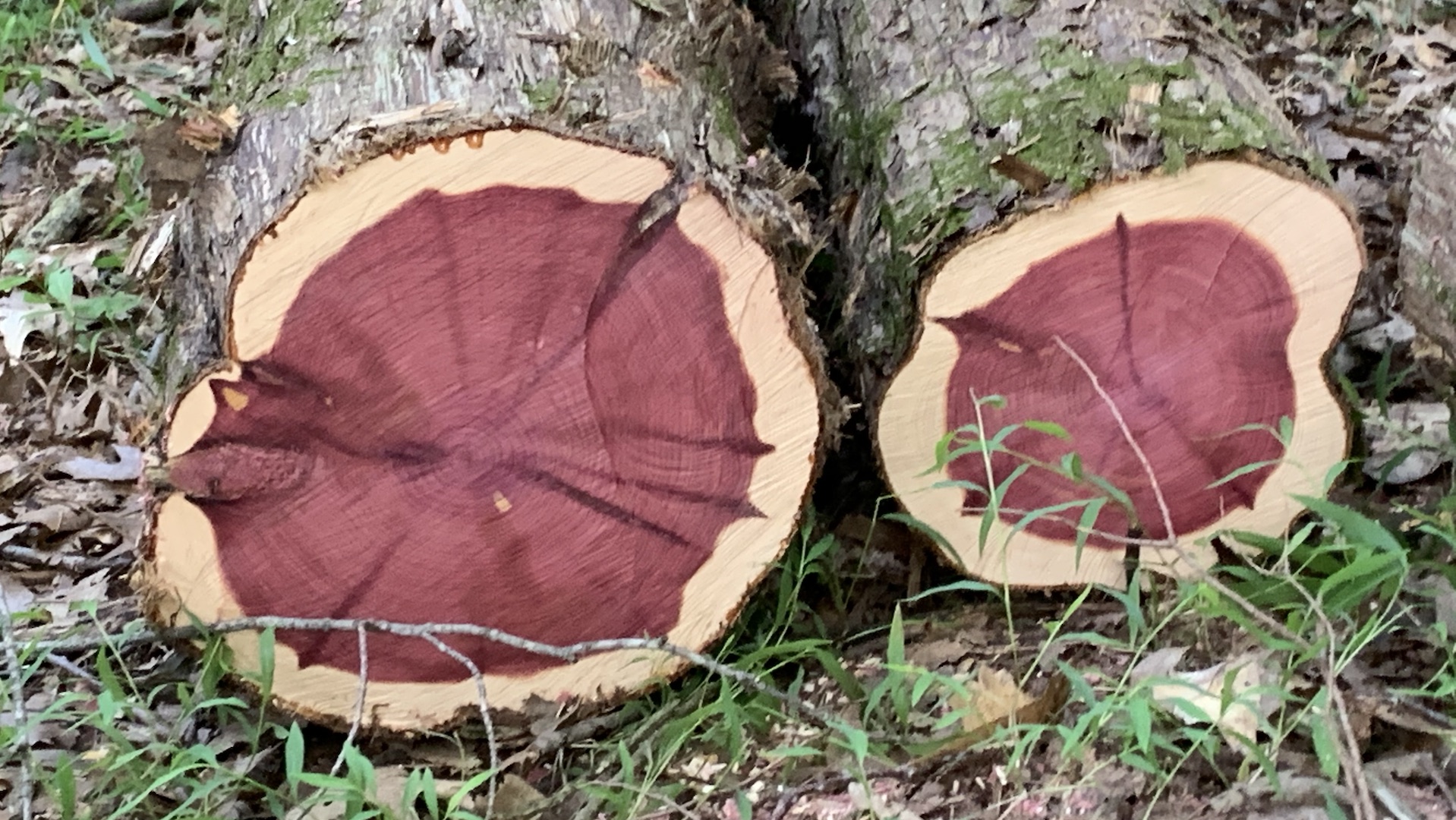
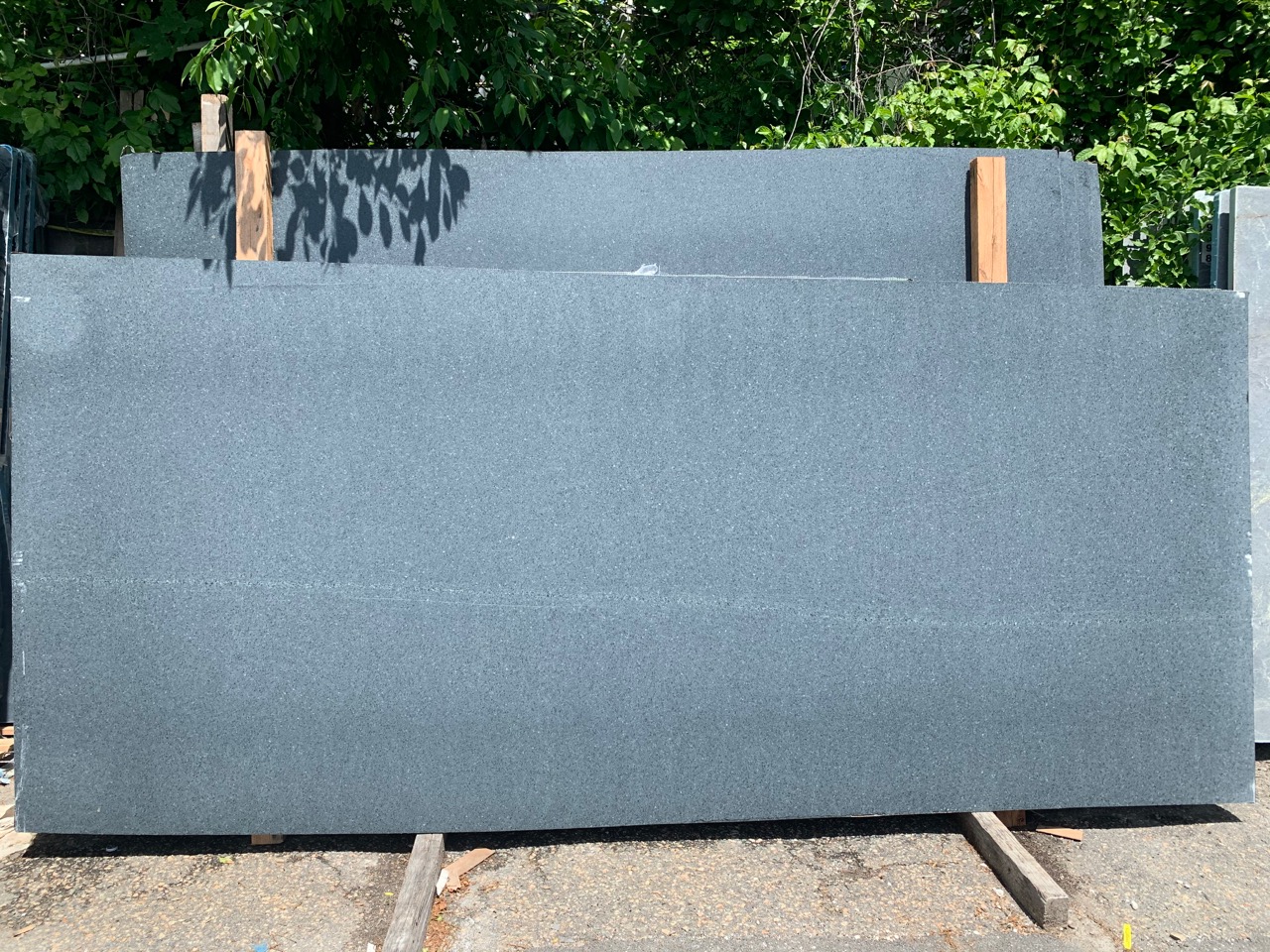
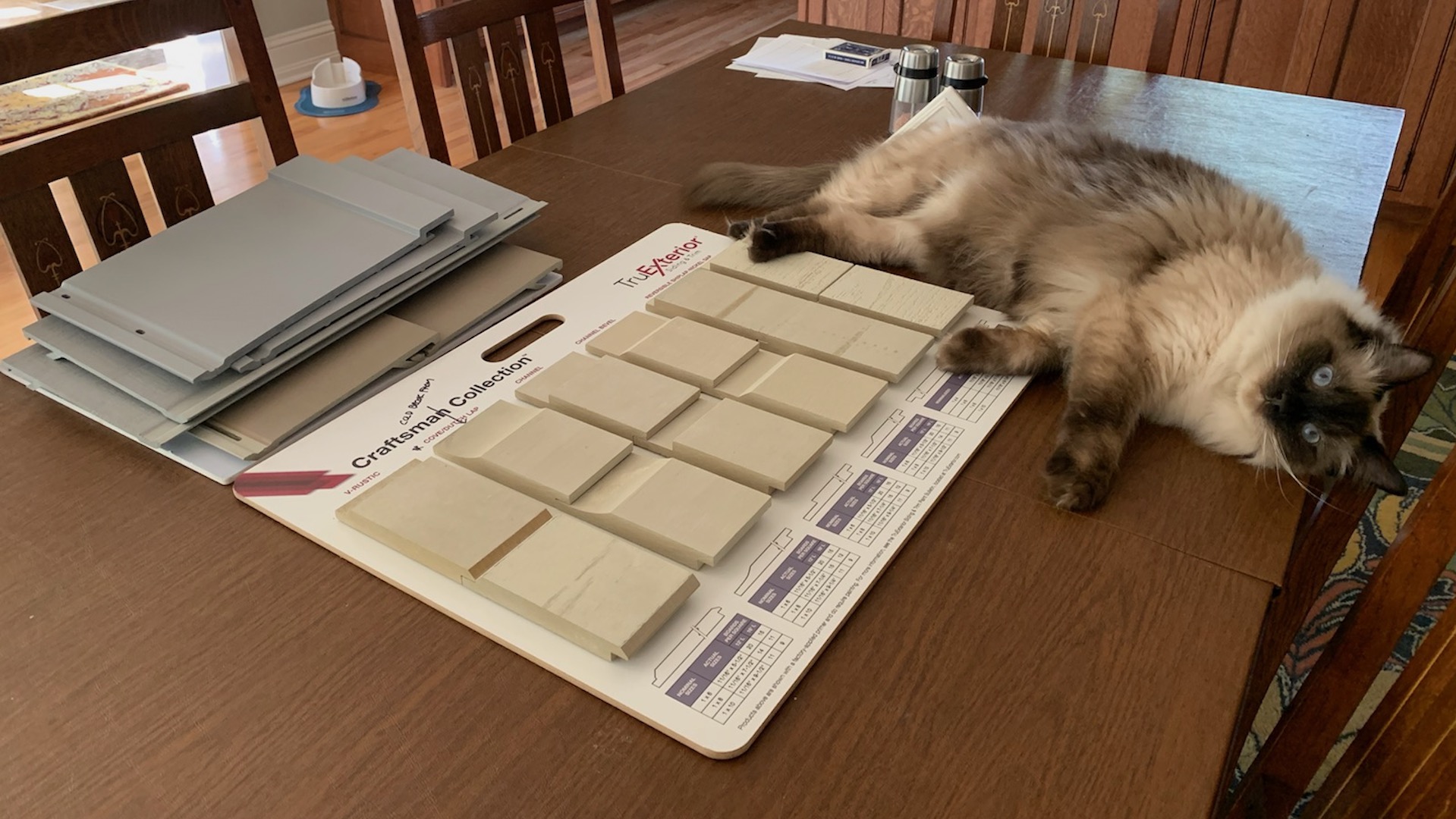


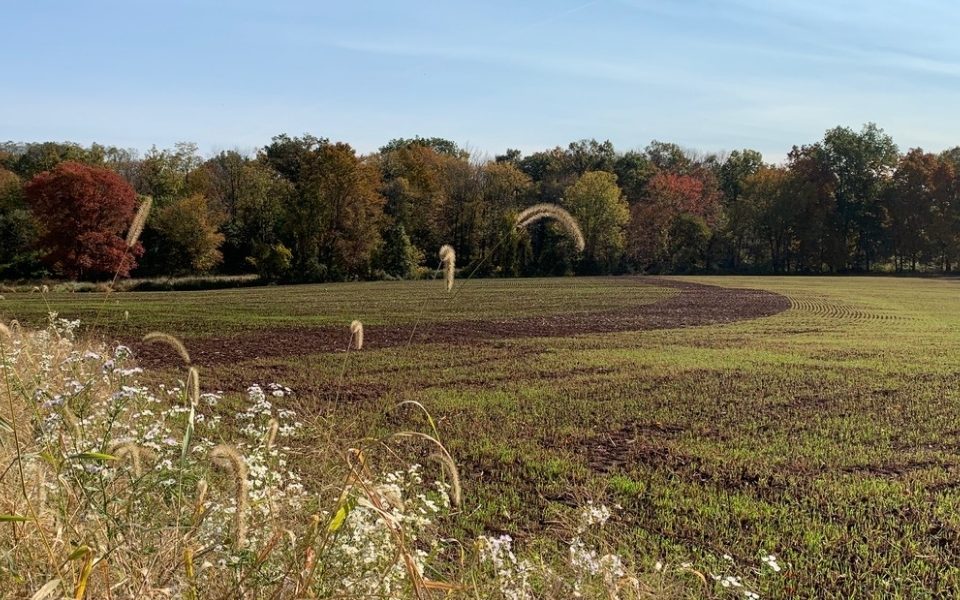
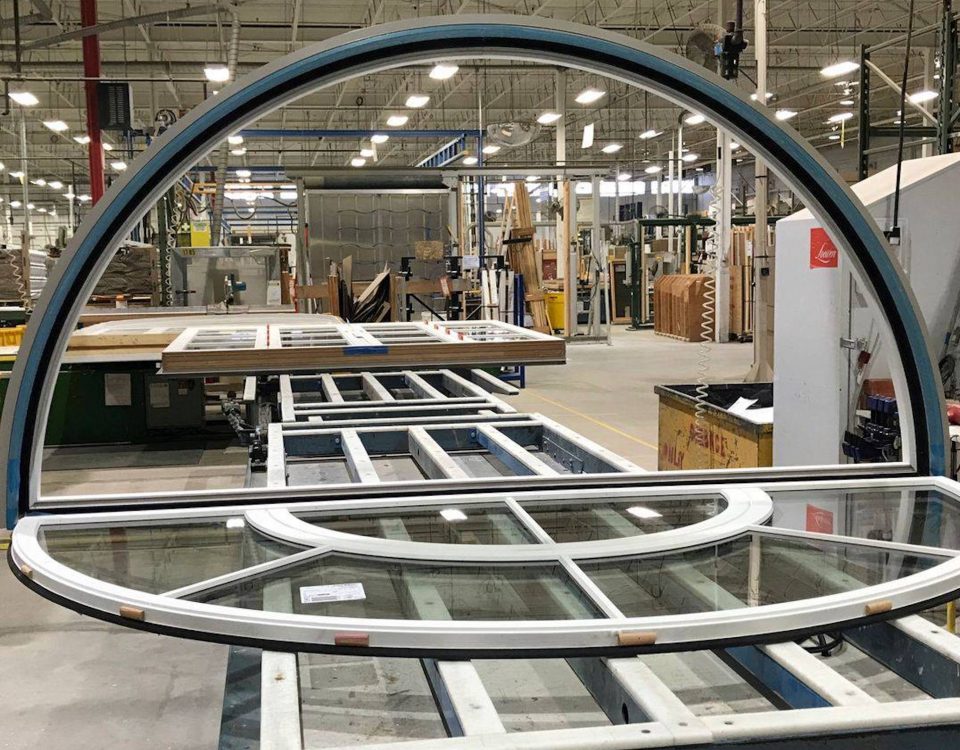
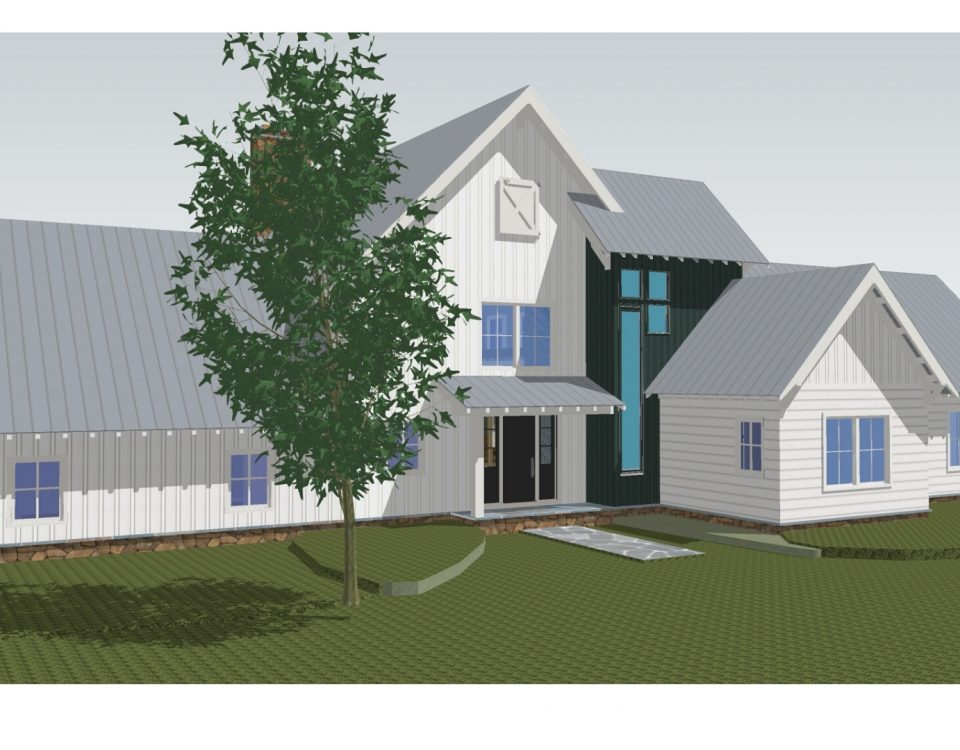
6 Comments
It must be exciting to see the house actually going up after all the thought and planning. Don’t forget to look up from your drawings and plans and savor the views. Best of luck to you both!
Carmel, it is indeed very exciting! Fortunately we are working with a very talented architect / builder who takes care of the majority of the details. This allows Deb and me to focus a lot of our energy on the stunning piece of land that we have become the stewards of. There is sooooo much to do in this regard, but very importantly we make time every day to savor the stunning natural beauty of this part of New Jersey!!
Nicely done. If I can help with any local resources pls let me know. ie. sawmill
Thanks Andrew. Will do!!
Great details….
You guys are an inspiration! Thank you! Much love from Lisa & Patrick (& Juba)!